3,000 year old sword
The sword with an octagonal blade was still sparkling when it was found in a grave in June 2023, at a location in Donau-Ries, Bavaria, Germany, along with the remains of three people. The sword was determined to be more than 3,000 years old, requiring further examination by archaeologists.
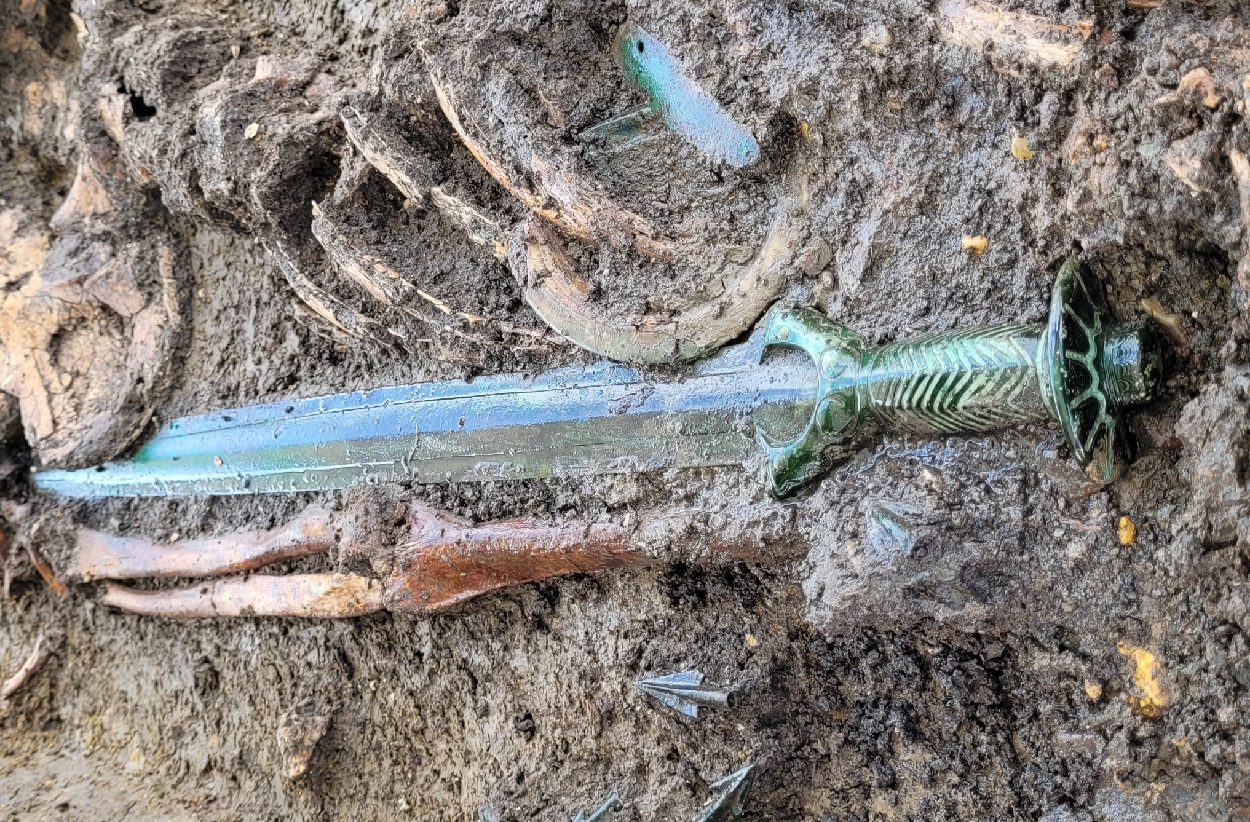
A statement from researchers later confirmed that this was a real weapon, not a ceremonial or decorative one, with “the front part of the blade suggesting it was made primarily for slashing.”
Ancient sandals were made more than 6,000 years ago
Two sandals discovered by Spanish miners in 1857 were determined by carbon isotopes to be about 5,000 years old.

However, new analysis from the Autonomous University, Barcelona and the University of Alcalá in Spain has dated the sandals to about 6,200 years ago. In September 2023, researchers announced that footwear made from plant fibers is, in fact, the oldest known item in Europe.
According to one author of the research team, these sandals were preserved thanks to dry conditions in caves in southern Spain, along with many types of woven baskets and other goods.
New revelation about Mona Lisa
French and British scientists have discovered a new fragment from the famous Mona Lisa portrait hidden inside the background of Leonardo da Vinci’s painting.
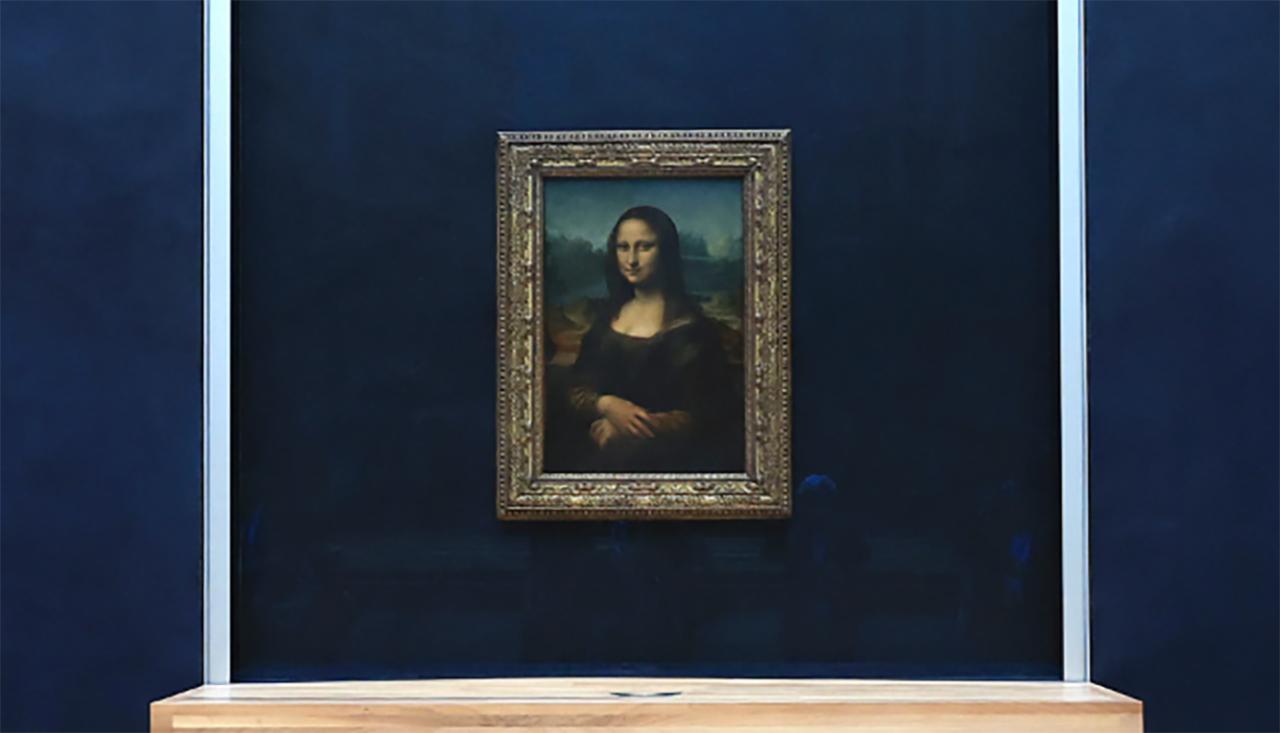
Using X-rays and infrared spectroscopy, the team discovered a mineral compound called Plumbonacrite, which forms when oil and lead oxide mix together, helping paint dry faster. Although it is known that later artists (including Rembrandt) used this technique, the study’s authors suggest that Leonardo may have been the first.
Gilles Wallez, a member of the team, told CNN in October 2023: “Every time you discover something in his painting process, you realize that Leonardo was clearly ahead of his time.” “.
Hidden corridor in the pyramid
The Scan Pyramids project – using technology including infrared thermography and photography, has helped better understand the pyramid’s architectural complexity and still-hidden areas. The latest discovery is a 10 meter long corridor near the main gate.
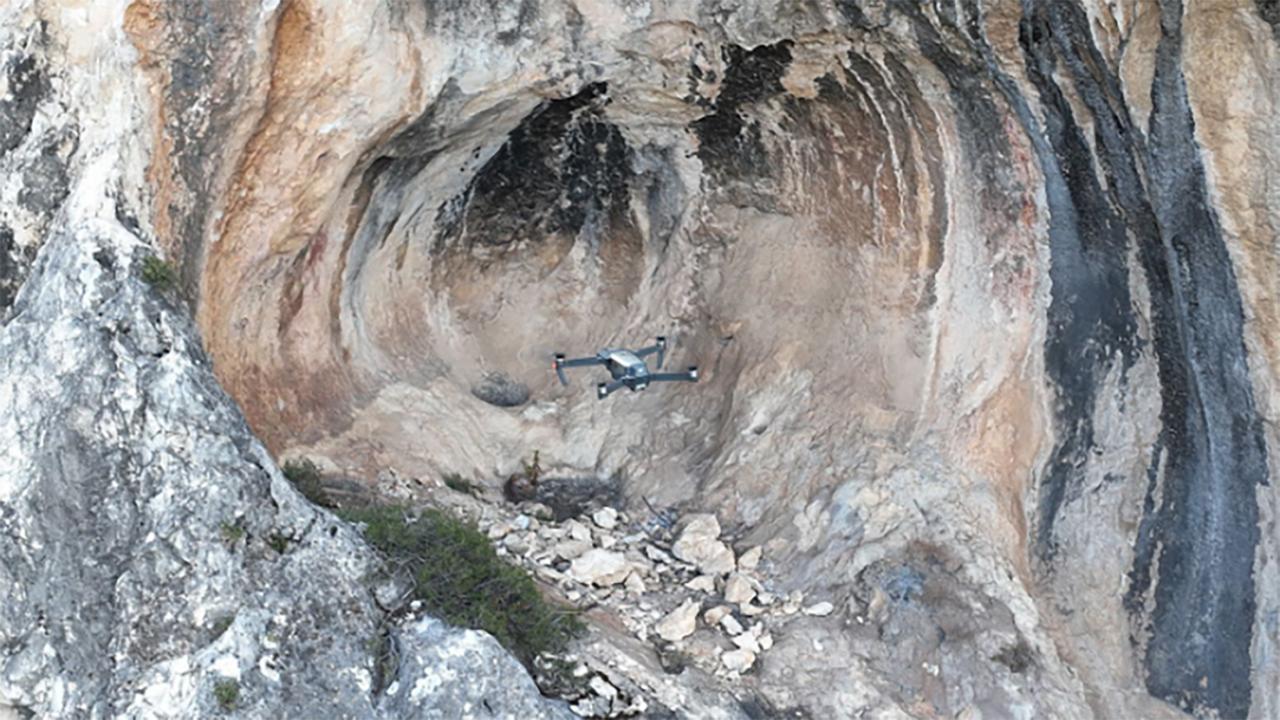
According to Mostafa Waziri, head of Egypt’s Supreme Council of Antiquities, this space may have been built to redistribute weight around the entrance or may allow access to an unknown room. An article published in the scientific journal Nature said further study of the corridor could help scientists better understand how the pyramid was created.
Artwork in the attic
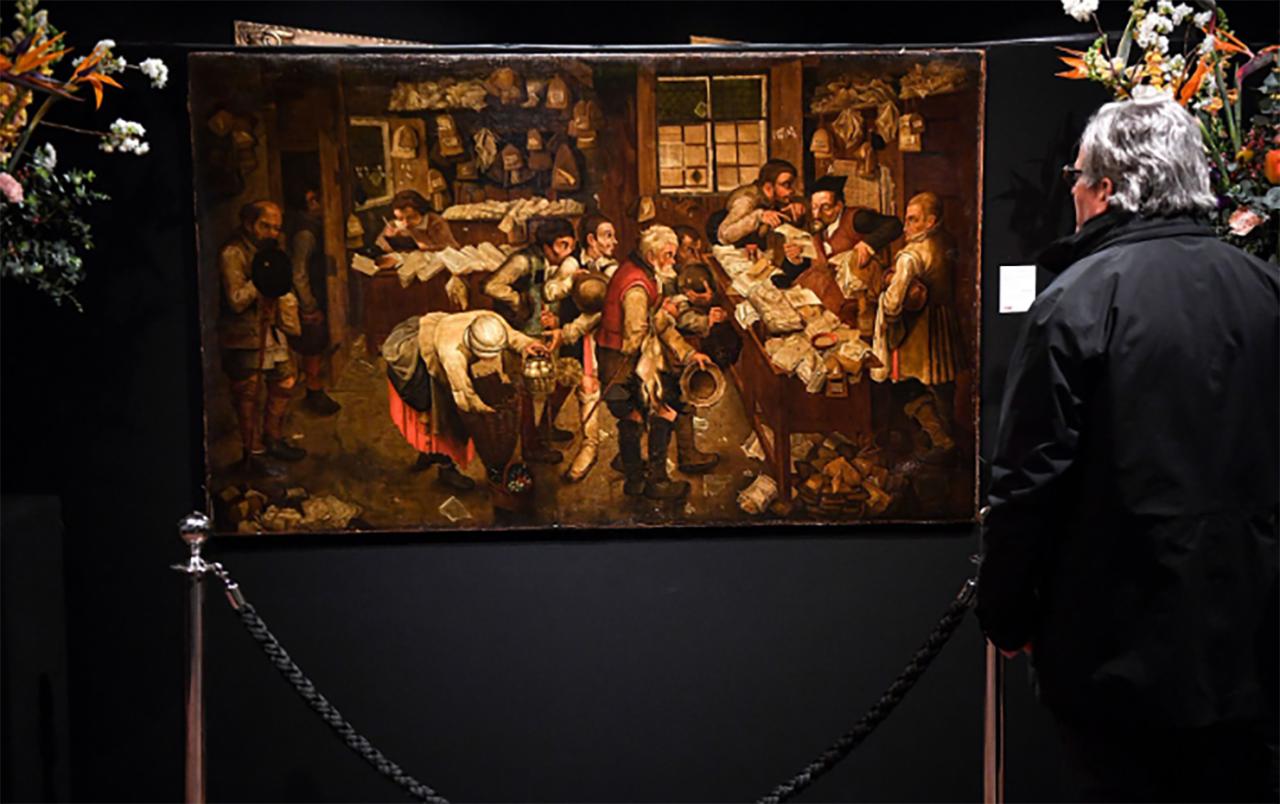
The dusty painting in the attic is one of the most famous works by 17th-century Dutch artist Pieter Brueghel the Younger, later sold for $850,000 at Daguerre auction house in Paris.
The necklace at the bottom of the ocean
The toothed jewelry of Megalodon, a prehistoric shark, was identified in the wreck of the Titanic by a deep-water investigation company – Magellan. This is part of an ambitious project to create a full-size scan of the ship lying at the bottom of the Atlantic Ocean, about 4,000 meters deep, after the disaster in 1912.
The world’s oldest toilet
According to Chinese media, a 2,400-year-old toilet and curved pipe – possibly a status symbol for China’s elite at that time – was discovered in the ruins of a palace at an archaeological site. Yueyang is in Xi’an city, Shaanxi province.
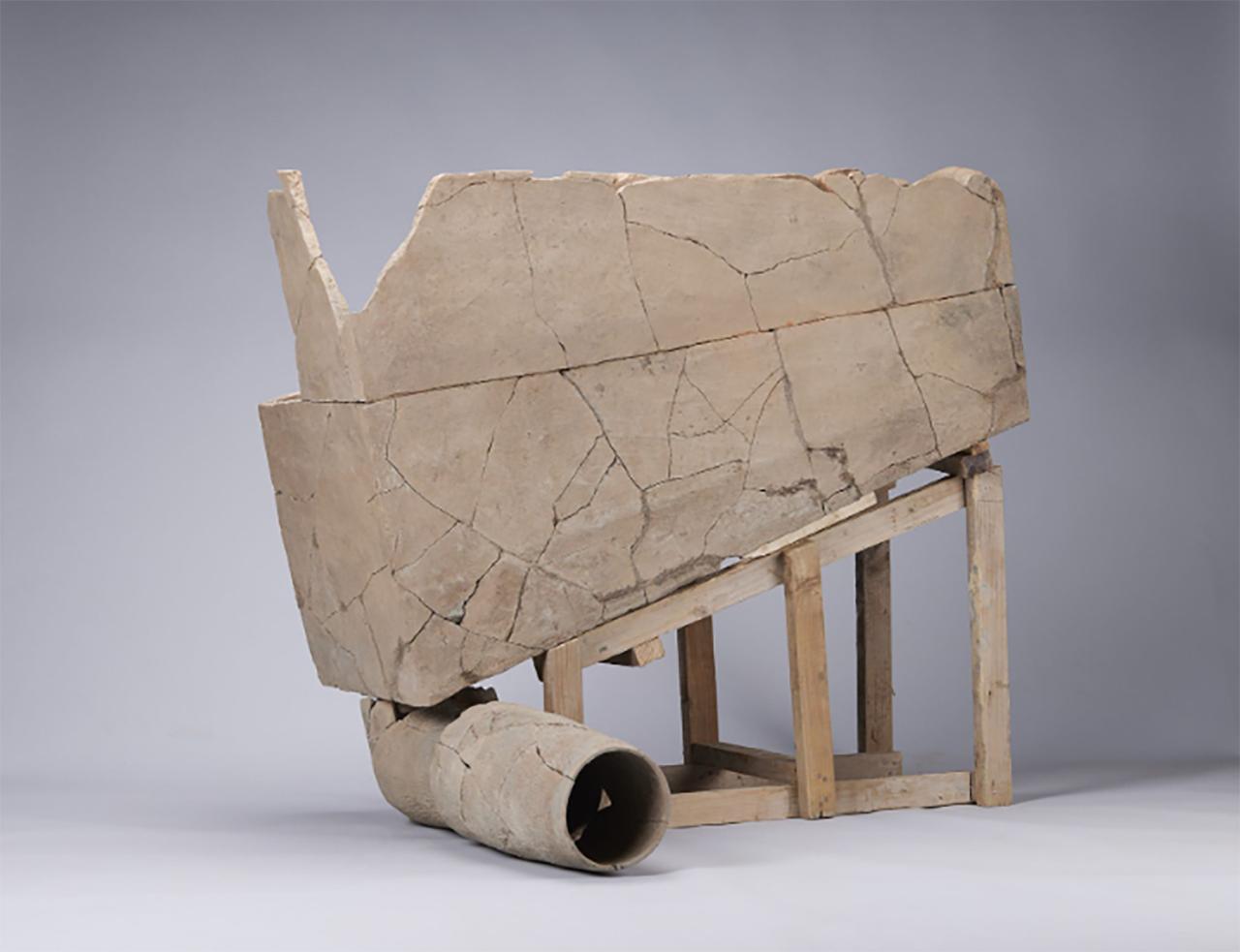
According to archaeologists, toilets may have been used by only a few people in the ruling class. This design may require the assistance of a servant to refill the water each time it is used.





